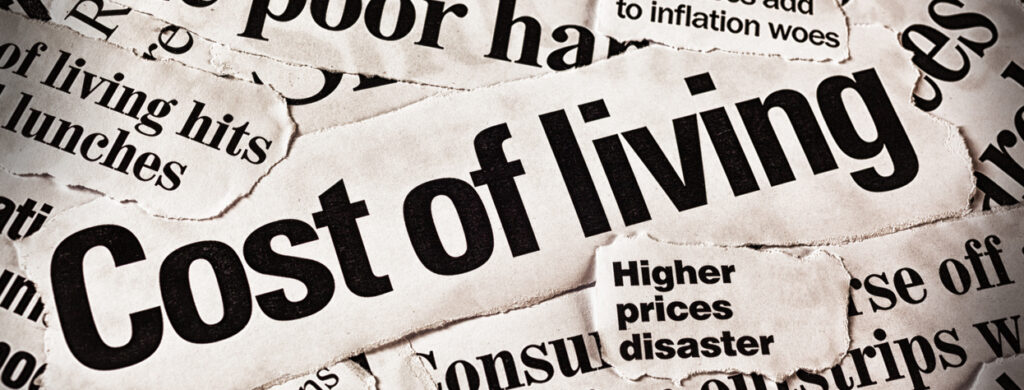
Sydney, July 26, 2024 — As Australia grapples with an escalating cost of living crisis and a sharp increase in interest rates, many homeowners are finding themselves in precarious financial positions, struggling to keep up with their mortgage repayments.
In recent months, the Reserve Bank of Australia (RBA) has implemented a series of interest rate hikes in response to persistent inflation. The official cash rate has surged to its highest level in over a decade, placing additional strain on mortgage holders already reeling from rising costs across various sectors, including food, energy, and housing.
For Sarah Thompson, a 38-year-old nurse from Melbourne, the impact has been severe. “I’ve had to cut back on almost everything,” she said. “Groceries, utilities, even healthcare expenses are climbing, and my mortgage payments are now a significant part of my budget. It’s a constant worry.”
Thompson’s experience is becoming increasingly common. According to the latest data from the Australian Bureau of Statistics (ABS), nearly 30% of mortgage holders have reported difficulty in meeting their repayments, a sharp increase from the 18% reported a year ago. The rising interest rates have pushed monthly mortgage payments higher, leaving many families struggling to balance their finances.
Economic experts warn that the situation could worsen if inflation remains stubborn and if the RBA continues to raise interest rates. “The combination of high inflation and rising interest rates is creating a perfect storm for mortgage holders,” said Dr. Emily Carter, an economist with the University of Sydney. “The financial strain is palpable, and while the RBA’s measures are intended to curb inflation, they are also creating significant challenges for households.”
In response to the growing crisis, advocacy groups are calling for urgent government intervention. “We need immediate relief for those most affected by these changes,” said James Harper, spokesperson for the Australian Homeowners Association. “Options like extending repayment terms, offering temporary relief programs, or introducing more flexible refinancing options could provide much-needed support.”
The federal government has indicated that it is monitoring the situation closely and is considering various measures to alleviate the burden on homeowners. However, no concrete plans have been announced as of yet.
Meanwhile, some Australians are turning to alternative solutions to manage their financial strain. Financial counsellors are reporting an increase in consultations as people seek advice on budgeting, debt management, and potential mortgage restructuring options.
“We’re seeing more and more people looking for ways to manage their finances better,” said Laura Evans, a financial counsellor based in Brisbane. “People are seeking out strategies to stretch their budgets, and in some cases, they’re exploring options to refinance or renegotiate their mortgage terms.”
For now, many Australians are left navigating a challenging financial landscape, balancing the demands of rising living costs with the burden of increased mortgage repayments. As the situation continues to evolve, the hope remains that both policymakers and financial institutions will step up to provide support and relief to those in need.